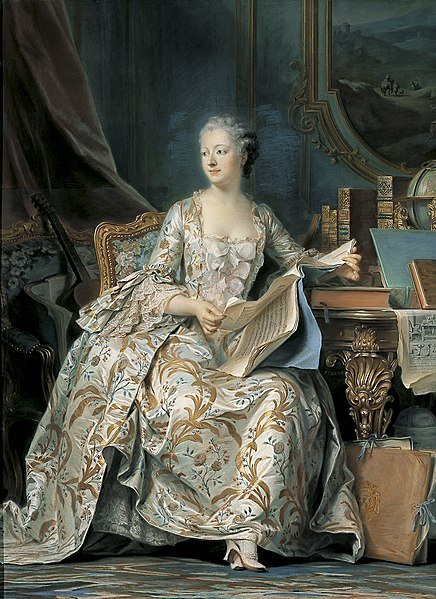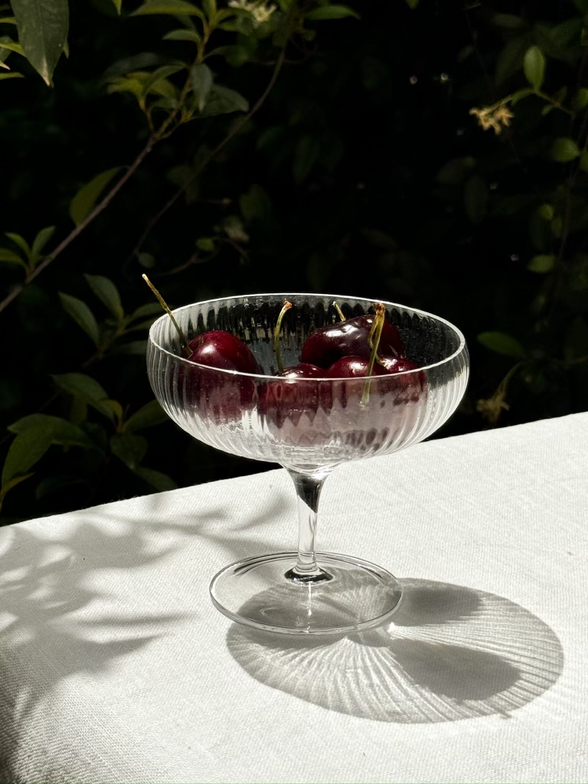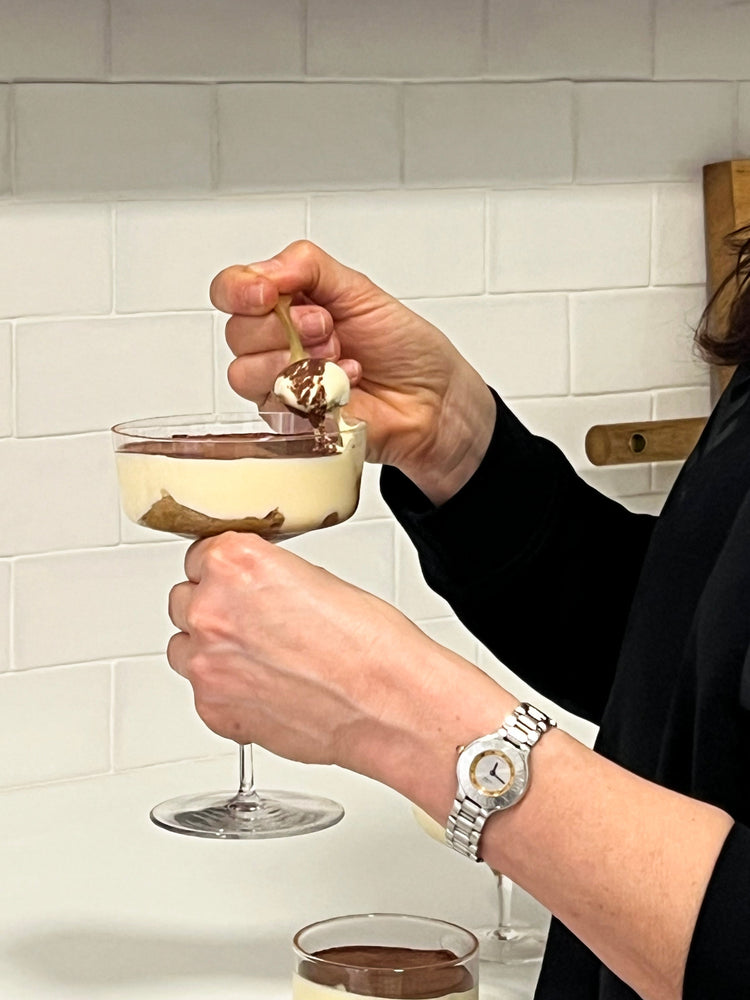The Pompadour champagne glass
A TOAST REMINISCENT OF THE PAST
The true story behind the creation of the Pompadour glass is less romantic but still interesting. This glass was originally designed to serve champagne at the French court during the 17th century, long before modern winemaking techniques made champagne bubbles as we know them today popular. At that time, champagne was a quiet drink, without effervescence, and the wide, shallow shape of the glass allowed the aromas of the drink to be better appreciated.
Throughout the 19th century, as the production of champagne with bubbles was perfected, the Pompadour glass became a symbol of elegance and luxury, present at European high society parties and celebrations. However, the large surface area of the glass was not ideal for preserving the bubbles, which eventually led to the creation of the flute glass, which helps to maintain the effervescence for longer. Even so, the Pompadour retained its place in champagne history, associated with style and refinement.
Today, the Pompadour glass remains a champagne drinking choice for those seeking to recall the elegance of the past. Its classic aesthetic evokes images of Belle Époque parties, gilded Hollywood and elegant celebrations over the years. While not the most practical glass for today's champagne, it remains a timeless symbol of luxury and style.

Audrey Hepburn in the film "Holiday in Rome"




Waiter serving champagne in a Pompadour glass tower at the Ritz Hotel in London, 1978
Painting of Madame de Pompadour made between 1749 and 1755
Vintage advertisement for the brand G. Chauvet Freres
Audrey Hepburn in the film "Breakfast at Tiffany's"









